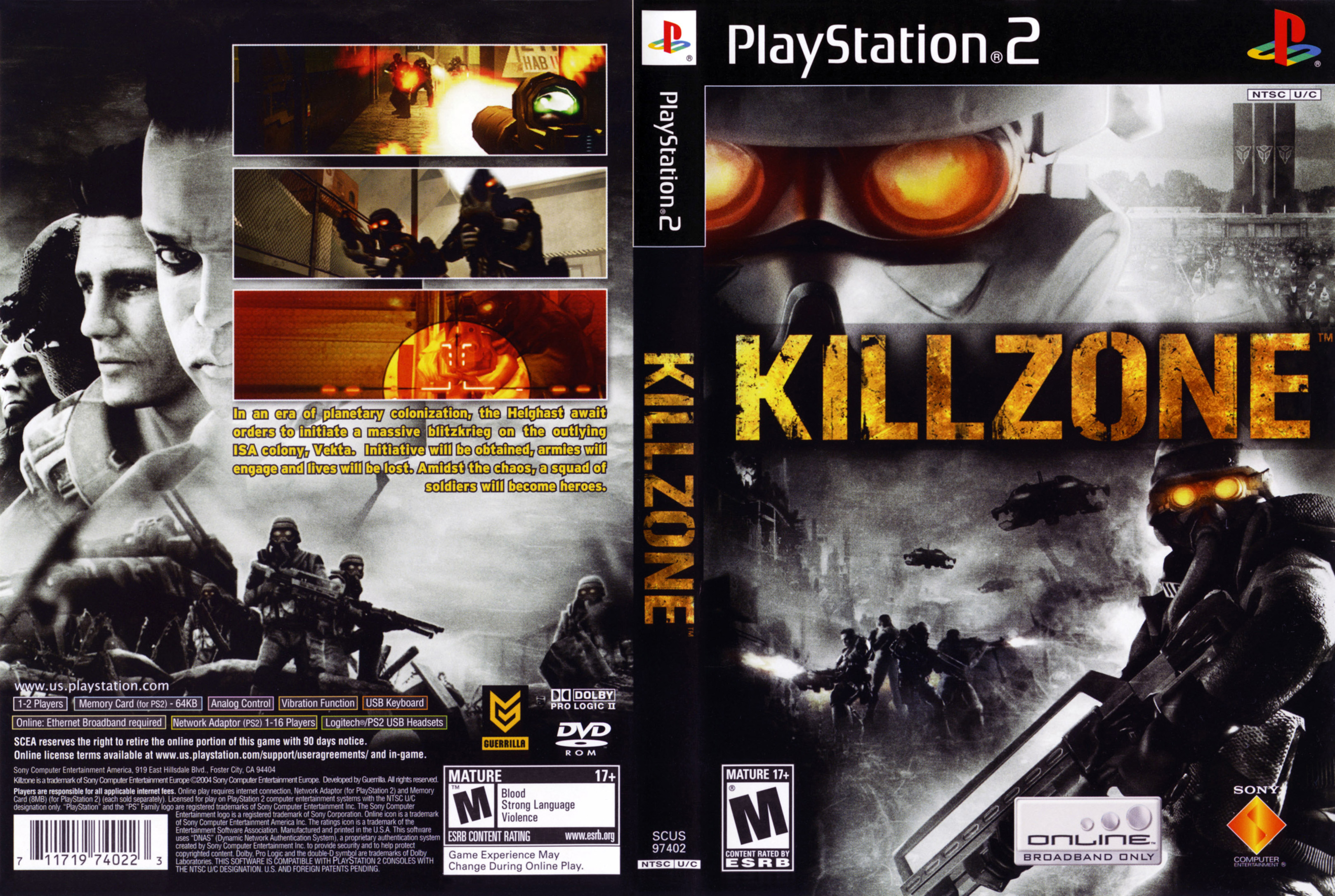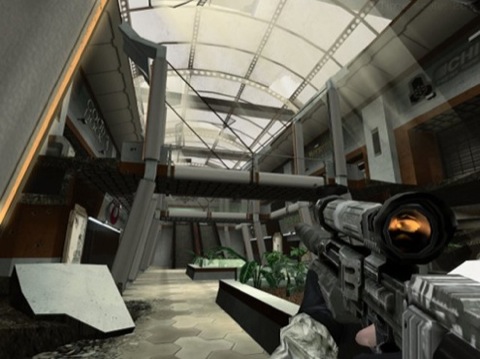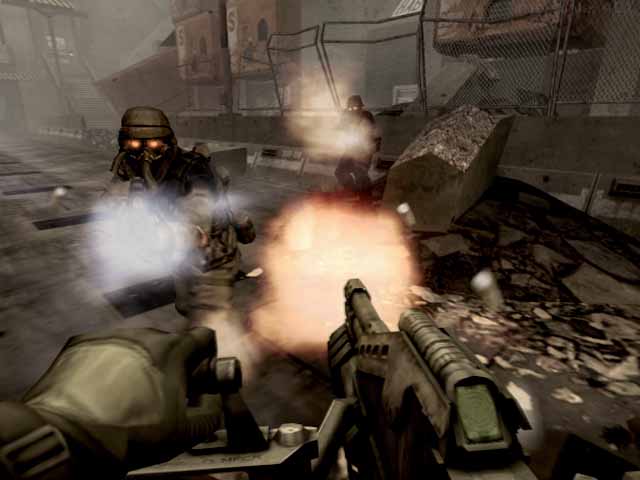
Few genres have evolved over the years as much as the first-person shooter genre. Listing notable titles, their innovations, and effects upon later games is fairly easy, especially when it’s clear that a handful have lead the majority. Franchises like Half-Life, Halo, and Call of Duty as well as solitary hits like Goldeneye 007 have all made a significant impact not only in the FPS genre but in the gaming industry as a whole.
If you want a reminder as to how far FPSs have come, just play the original Killzone for the PlayStation 2. It made me realize just how spoiled we shooter fans are now, with standard conventions like aiming down iron sights or through a scope, objective markers, customizable weapons and characters, and even a jump button all being absent from Killzone. Playing it is mostly a humbling experience when compared to today’s FPSs.
Killzone had high expectations during its development, and was an extremely hyped title, deemed by many as Sony’s "Halo Killer" — a pretty serious claim in 2004. With months of press coverage and high praise leading up to its release, PS2 fans clamoring for a huge FPS hit of their own had every right to be excited for Killzone. In reality, it turned out to be somewhat of an inconsistent experience, not to mention it was released at one of the worst possible times — only days before Halo 2 and Microsoft’s new Xbox LIVE service. Despite its poor timing, Killzone managed to develop a core following with fans willing to defend their flagship game to the death.

Killzone‘s competition aside, I still find its plot much more fascinating than anything Halo did. The idea of future humans colonizing planets and expanding the reaches of humanity, only to endure a horrific war with a dissident race of humans that colonized another planet is much more interesting to me than fighting some aliens. Yet for all this history, turmoil, and the massive war taking place in the game, Killzone feels more like a quiet letdown than an epic war story.
Killzone‘s audio is partially to blame for this. For starters, the game often has moments of complete silence during gameplay — no music, no background shootouts or gunfire… nothing. These uncomfortable moments of silence, when nothing is happening and the player is just waiting for the next skirmish, make the game feel seriously deserted and desolate, like the war between the enemy Helghast and I.S.A. is already over.
The quality of the voice work in the game is generally low as well. It’s not that voice acting was poor, but the quality of the voices themselves just sounds bad, like everyone was reciting their lines through a speakerphone. And don’t even get me started on the grating screams that come from defeated Helghast. Imagine a monotone voice screaming through a cheap karaoke machine over and over again, and that’s about what it’s like to kill dudes in Killzone.
Yet things like weapon effects and music (the few times when there is music) are very well done. It’s clear that Guerilla Games put a lot of hard work into the weapons, the way they feel and sound, and their design. All the weaponry looks advanced, but grounded enough in reality that they seem like realistic evolutions of modern weapons. Each weapon has a very distinctive sound to it, and is impressive even today.

Killzone was touted as a graphical showpiece for the PS2, so it’s no revelation that it relies heavily on its visuals to sell the experience it is going for. The visuals range from surprisingly impressive to barely acceptable PSOne graphics. Guerilla Games was generous with the amount of motion blur put into Killzone, but it wasn’t enough to hide all the ugly textures and blocky polygons. It’s clear to me that Killzone‘s art style and direction is superb in many areas, with its own fully realized environments, weapons and enemy designs. Unfortunately it’s just one of those games that looks fantastic in screenshots, but is disappointing in motion. This is more of the PS2’s fault than Killzone‘s. The game pushes the PS2’s capability to the limit, and in the end it is just too ambitious for the system to fully handle. The frame rate is extremely inconsistent, making precise aiming and movements difficult when they are most important. Coupled with the game’s slower, more deliberate controls, it can seem like you’re moving through a world where the air was replaced with molasses.
Friendly and enemy AI is also a joke, with both sides often standing still, absorbing bullets one moment and then erratically rushing and taking cover another. NPC animations are often jarring, particularly their death animations. They look more like crumpling cardboard boxes than people falling over, which jolted me out of Killzone‘s immersion even six years ago. It’s strange, however, that Killzone features the best damn gun-reloading animations ever. Seriously, reloading a gun has never been so intense-looking or given so much meticulous attention to detail. I guess Guerilla Games spent more time doing reload animations than animating anything else, because the disparity between the two is like seeing two different games.
Killzone has many strong points, especially for its time and for being the first entry in its franchise. But it is, in a word, inconsistent. For every step forward Killzone takes, it takes two steps backward. It is an interesting and ambitious game, but perhaps too much so. It is a nice trip down Memory Lane for sure, but in no way does Killzone hold up by today’s standards. If only the Killzone fans in 2004 knew what the PS3 would bring them in Killzone 2 and Killzone 3.
[Tyler Cameron]

















